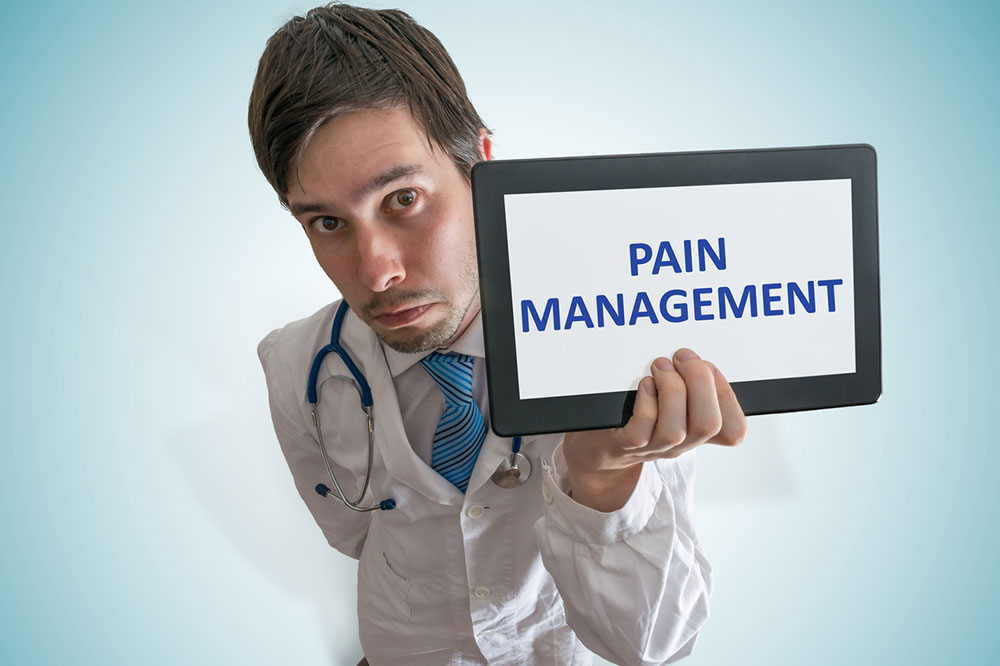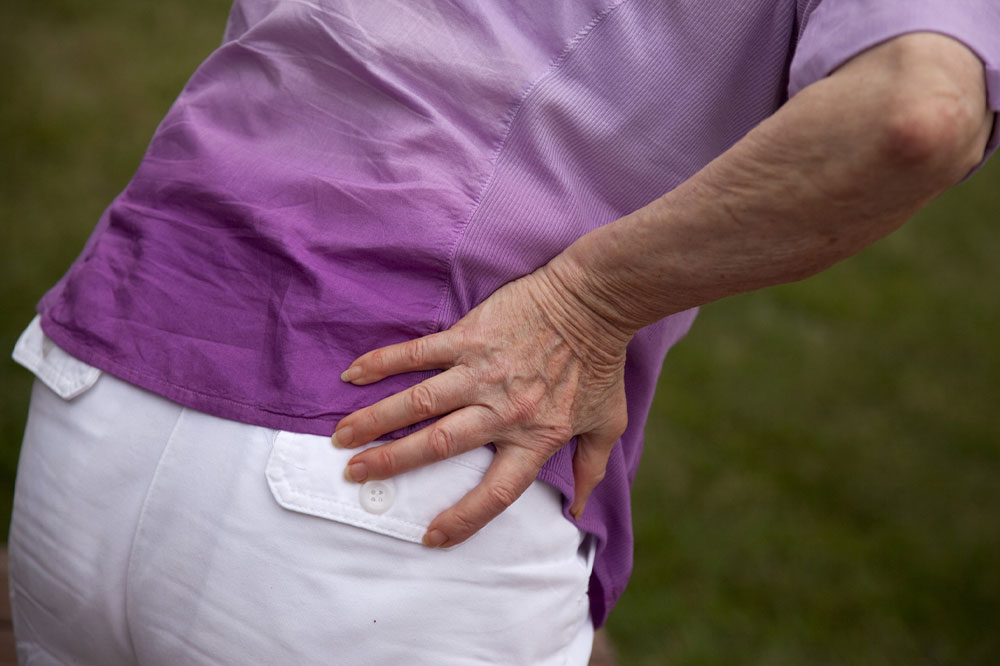Effective Strategies for Long-Lasting Pain Relief
Discover four effective pain management techniques designed for long-lasting relief. Learn how heat and cold therapy, gentle exercise, music therapy, and biofeedback can help alleviate discomfort from injuries and chronic conditions. These strategies aim to improve mobility, reduce pain, and enhance overall well-being, offering practical, at-home solutions for persistent pain sufferers.
Sponsored

Pain serves as the body’s warning system, signaling that something is amiss. While essential for alerting us to injury or illness, ongoing pain can disrupt daily life and cause significant discomfort. Conditions such as injuries, chronic illnesses, or genetic factors often contribute to persistent pain episodes.
Healthcare providers recommend various approaches to manage and ease discomfort effectively.
Heat and Cold Treatment
Applying heat or cold to affected areas is a common at-home pain relief method. Cold therapy, suitable within the first 48 hours of injury, reduces inflammation by constricting blood vessels, providing numbness, and soothing pain. Typical cold treatments include ice packs and cooling gels. Conversely, heat therapy is ideal for chronic pain or stiffness caused by conditions like arthritis, utilizing hot packs, heated pads, or warm compresses to relax muscles and improve circulation.
Restrictions such as muscle stiffness from injuries or medical conditions like tendinitis and ligament tears may require longer-term heat therapy solutions. Using hot water bottles, electric warmers, or heat wraps can offer sustained relief and enhance mobility.
Physical Activity
While pain can limit movement, incorporating gentle exercises might be beneficial. With proper medical guidance, low-impact activities like walking, cycling, or swimming can reduce pain and enhance joint flexibility. Consulting a physiotherapist helps determine the safest exercises tailored to your condition, making it possible to stay active and support recovery despite chronic pain.
Music as Therapy
Listening to music can have a calming effect and distract the mind from pain. Many find that soothing melodies, such as classical compositions, promote relaxation and emotional well-being. Studies indicate that music therapy post-surgery or childbirth helps patients focus less on discomfort, aiding the body's healing process while providing mental comfort.
Biofeedback Techniques
Biofeedback empowers individuals to control physiological processes through mental training, helping to manage pain. By monitoring bodily responses like heart rate and muscle tension, patients learn breathing and relaxation strategies to reduce discomfort. While not suitable for everyone, biofeedback can be an effective complement for certain chronic pain conditions, fostering a mind-body connection for pain control.






